KRAUTROCK
A Progressive Rock Sub-genre
From Progarchives.com, the ultimate progressive rock music website
Krautrock definition
Krautrock (also called "Kosmische musik") is a German avant-garde / experimental rock movement that emerged at the end of the 1960's. It was intended to go beyond the eccentricities developed by the wild psychedelic rock universe of the US, by giving a special emphasis to electronic treatments, sound manipulation and minimal hypnotic motifs (continuing the style of "musique concrete" and minimalist repetitive music but within a more accessible environment).Krautrock put the emphasis on extended and ecstatic instrumental epics, neglecting the format of conventional psych-pop songs. The term Krautrock was first used by the British music press in a very derogatory way. The term rapidly found a better reputation in underground music circles and finally gained a certain popularity (thanks to the Brain-Festival Essen...)
The Krautrock movement is widely associated with notorious bands such as Popol Vuh, Amon Duul, Faust, Neu!, Ash Ra Tempel, Agitation Free, Guru Guru, etc. With their own particular artistic expression, these musical collectives provided rocking psychedelic incantations, mantra like drones, melancholic lugubrious atmospheres, long and convoluted collective improvisations, binary repetitive drum pulses, fuzz guitars, feedback, primitive electronic noises, hallucinatory ballads, and garage blues rock trips. Krautrock can be described as an anarchic, intense, acid, tellurian, nocturnal, spacey, dark and oniric "adventure" through rock music.
The most consistent years of the Krautrock scene cover a relatively short period from 1970 to 1975. After their first spontaneous, hyperactive and psychedelic efforts, the bands generally split up or declined into other musical sensibilities, more in line with mainstream rock or with ambient soundscapes.
Each region develops its particular musical scene, interpreting differently the Krautrock musical structure. For instance the Berlin school focused on "astral" synthscapes, weird electronic experimentation and acid jams (Ash Ra Tempel, Agitation Free, Mythos, The Cosmic Jokers, Kluster...), The Munich scene offered fuzzed out (Eastern) psych rock mantras with some folk accents (Popol Vuh, Amon Duul, Gila, Guru Guru, Witthuser & Westrupp...). Cologne and Dusseldorf underground scenes focused on happenings, political rock, electronics, pulsating rhythms and clean sounding Krautrock (Floh de Cologne, La Dusseldorf, Neu! Can...).
This musical cartography is correct in the absolute but naturally reveals some variations and exceptions. This intriguing and freak 'n' roll 1970's German scene enjoyed a rebirth in recent years thanks to a large number of reissues (of long lost classics) published by several independent labels (Spalax, Garden of Delights, Long Hair Music...) as a direct result of Krautrock's musical inspiration of modern post rock bands. There are actually some neo psychedelic rock bands who try to hold up Krautrock, and who notably find a major place to express themselves during the historical Burg Herzberg Festival in Germany.
Philippe Blache
December 2007
The responsibility for the psych/space, indo/raga, krautrock and prog electronic subgenres is taken by the PSIKE team,
currently consisting of
Mike (siLLy puPPy)
Andrew (Gordy)
Dan (earlyprog)
Brendan (Necrotica)
Krautrock Top Albums
Showing only studios | Based on members ratings & PA algorithm* | Show Top 100 Krautrock
 | More Top Prog lists and filters
| More Top Prog lists and filters
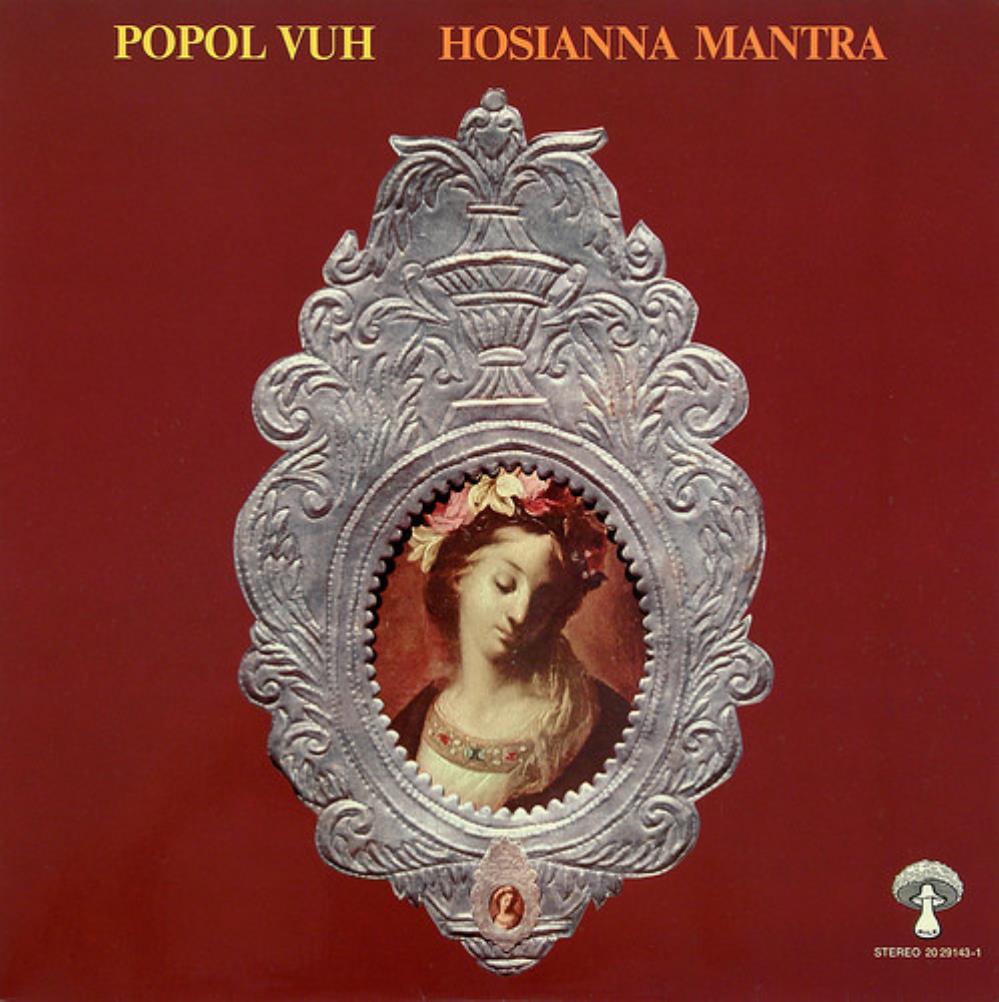 4.17 | 386 ratings
HOSIANNA MANTRA
4.17 | 386 ratings
HOSIANNA MANTRAPopol Vuh |
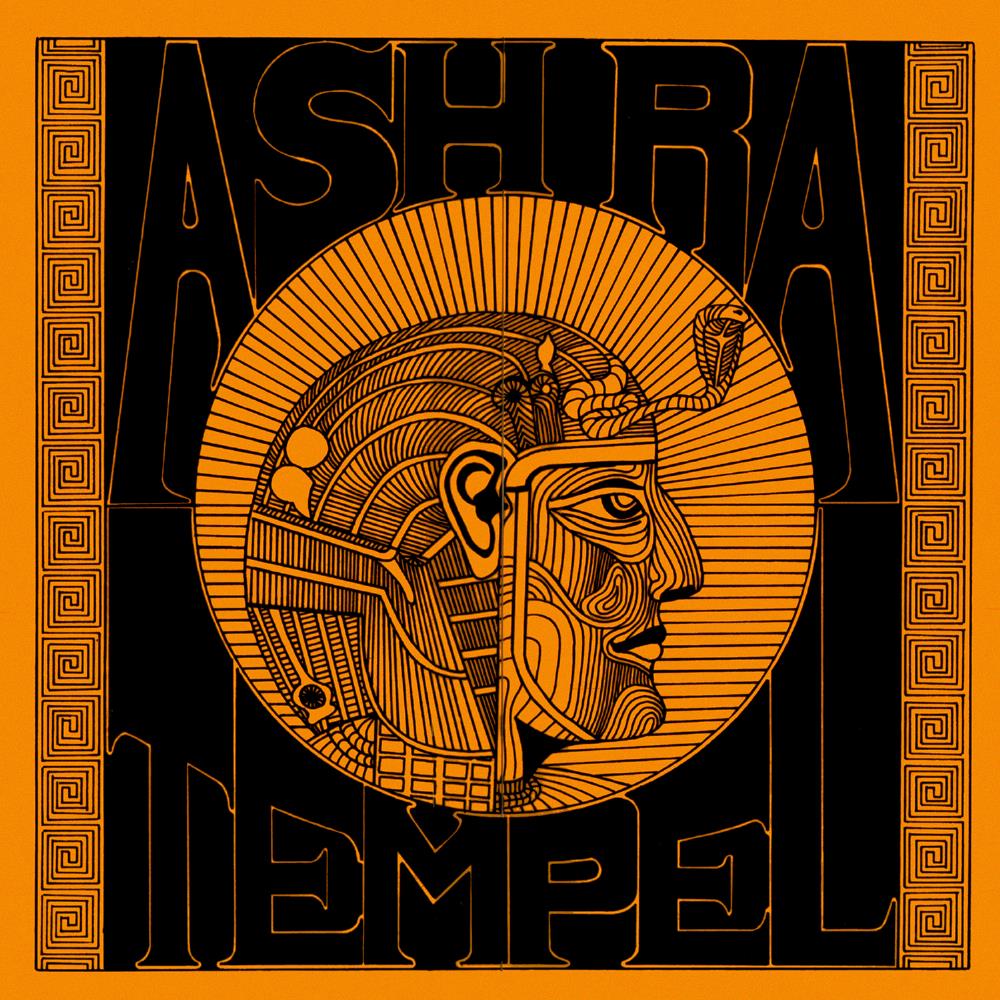 4.16 | 468 ratings
ASH RA TEMPEL
4.16 | 468 ratings
ASH RA TEMPELAsh Ra Tempel |
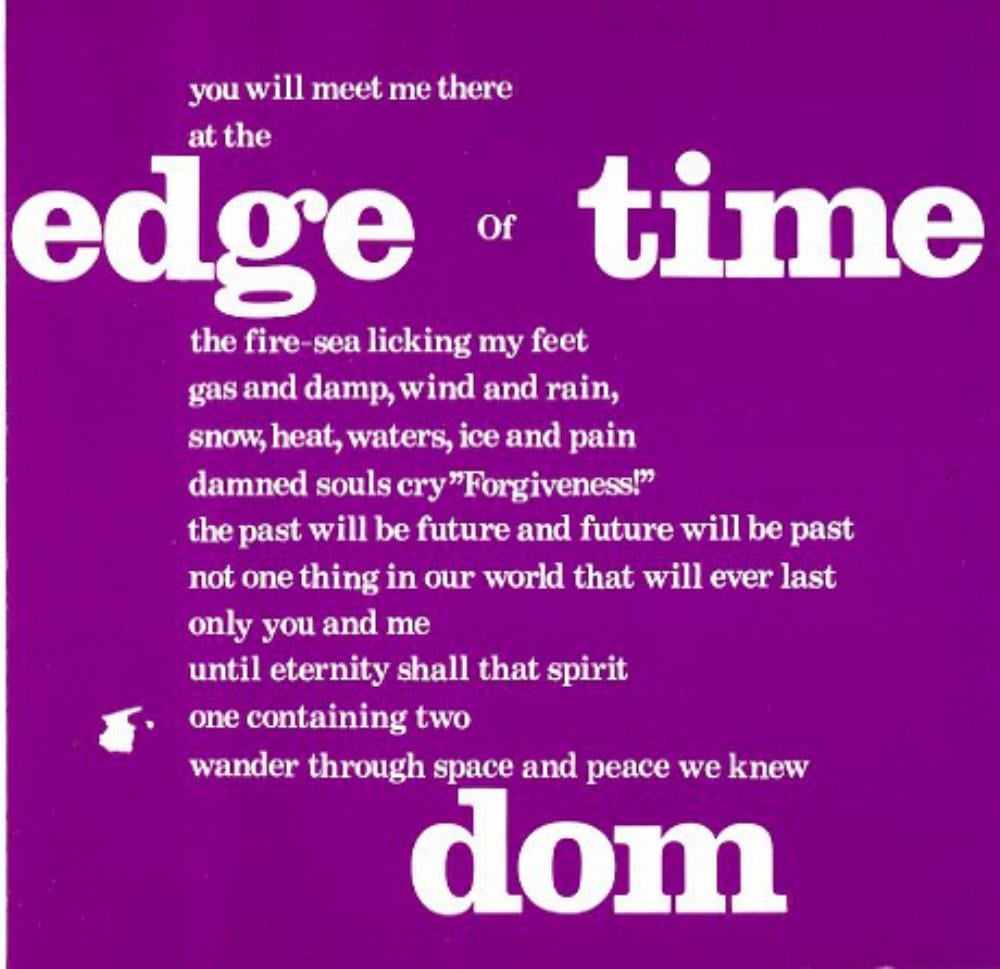 4.21 | 173 ratings
EDGE OF TIME
4.21 | 173 ratings
EDGE OF TIMEDom |
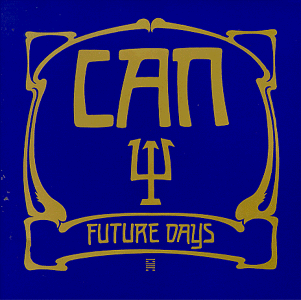 4.11 | 725 ratings
FUTURE DAYS
4.11 | 725 ratings
FUTURE DAYSCan |
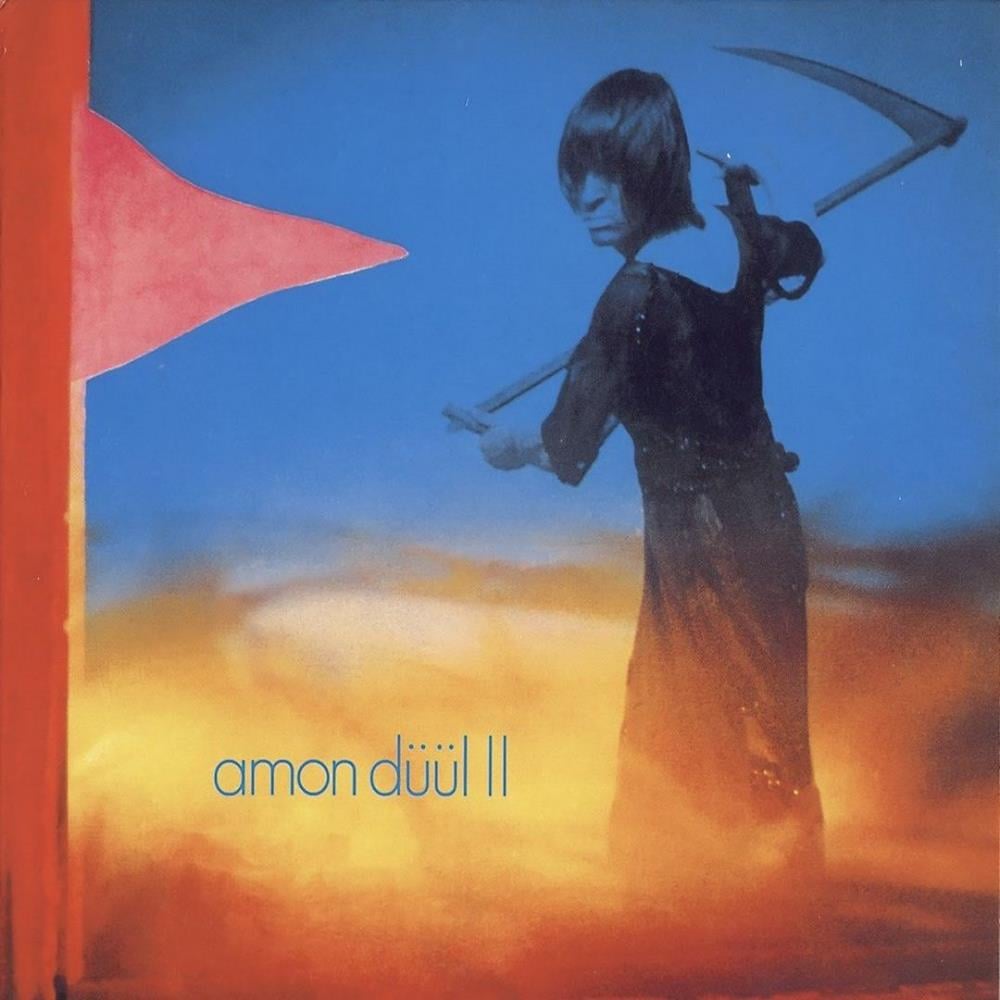 4.09 | 598 ratings
YETI
4.09 | 598 ratings
YETIAmon Düül II |
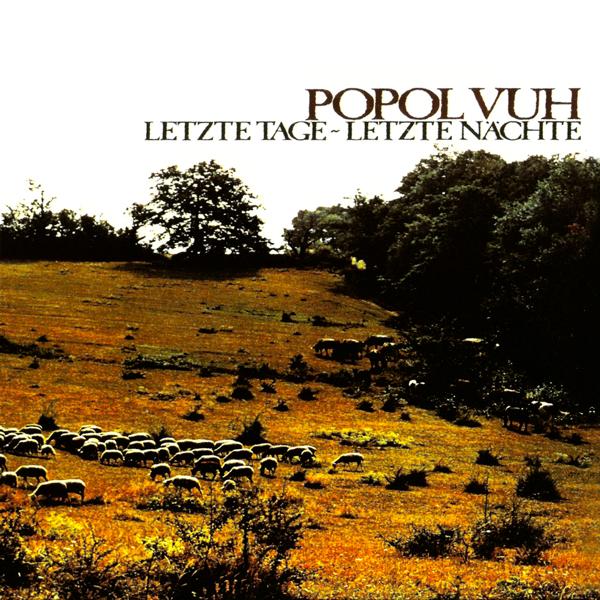 4.13 | 164 ratings
LETZTE TAGE - LETZTE NÄCHTE
4.13 | 164 ratings
LETZTE TAGE - LETZTE NÄCHTEPopol Vuh |
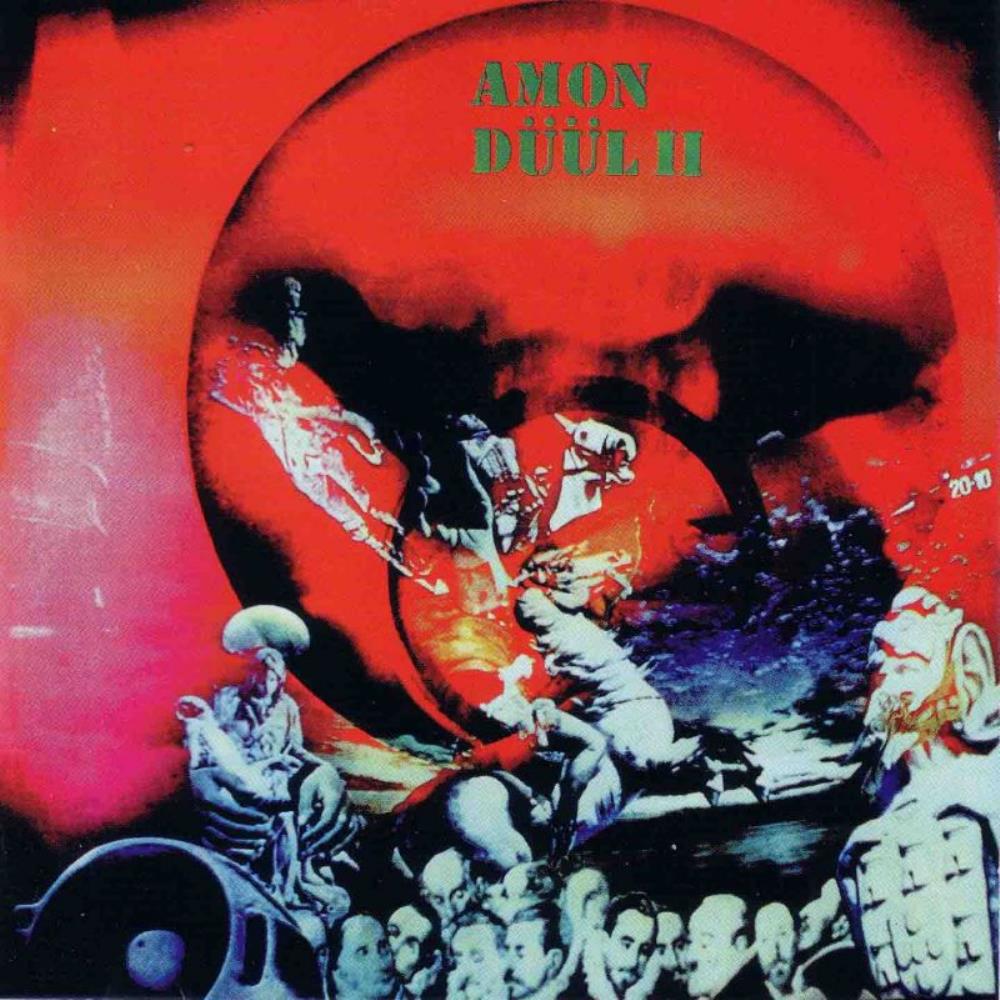 4.07 | 402 ratings
TANZ DER LEMMINGE [AKA: DANCE OF THE LEMMINGS]
4.07 | 402 ratings
TANZ DER LEMMINGE [AKA: DANCE OF THE LEMMINGS]Amon Düül II |
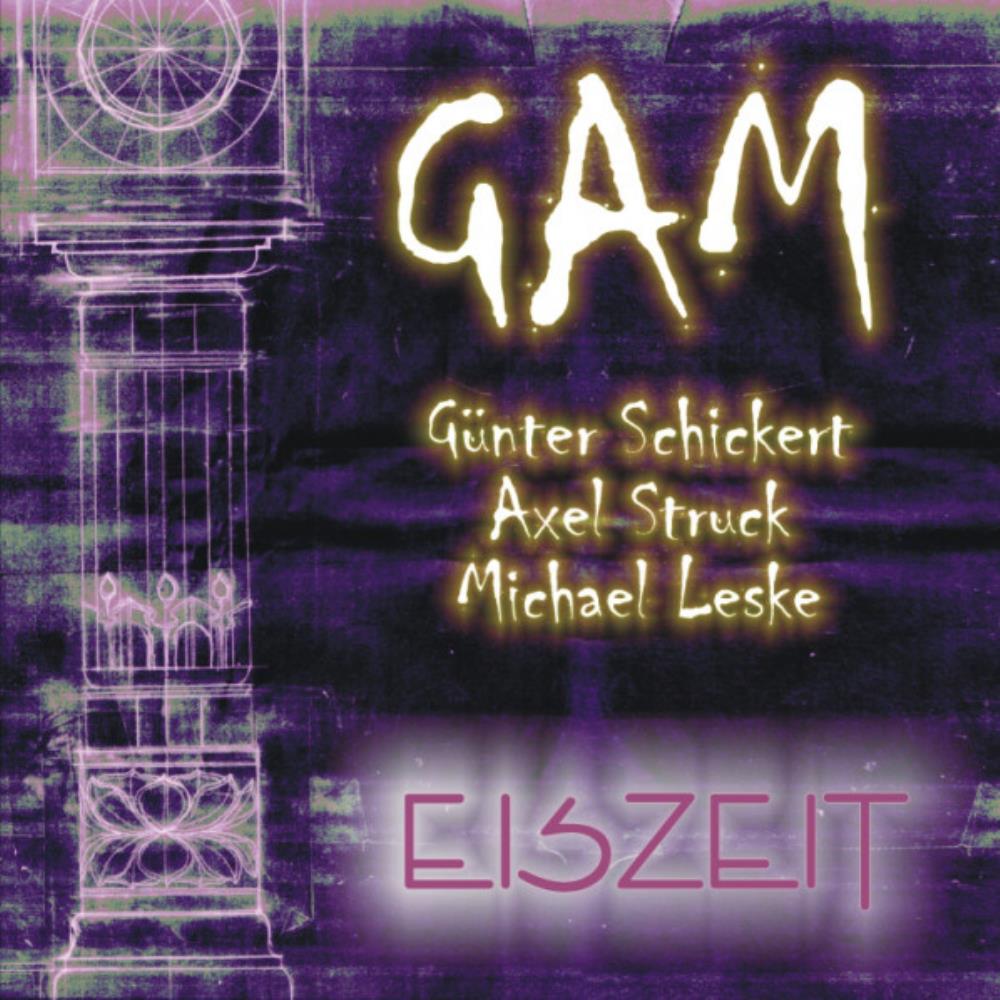 4.24 | 68 ratings
EISZEIT
4.24 | 68 ratings
EISZEITGam |
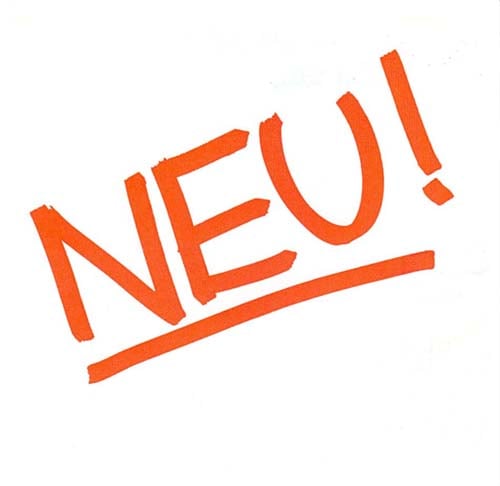 4.04 | 466 ratings
NEU!
4.04 | 466 ratings
NEU!Neu ! |
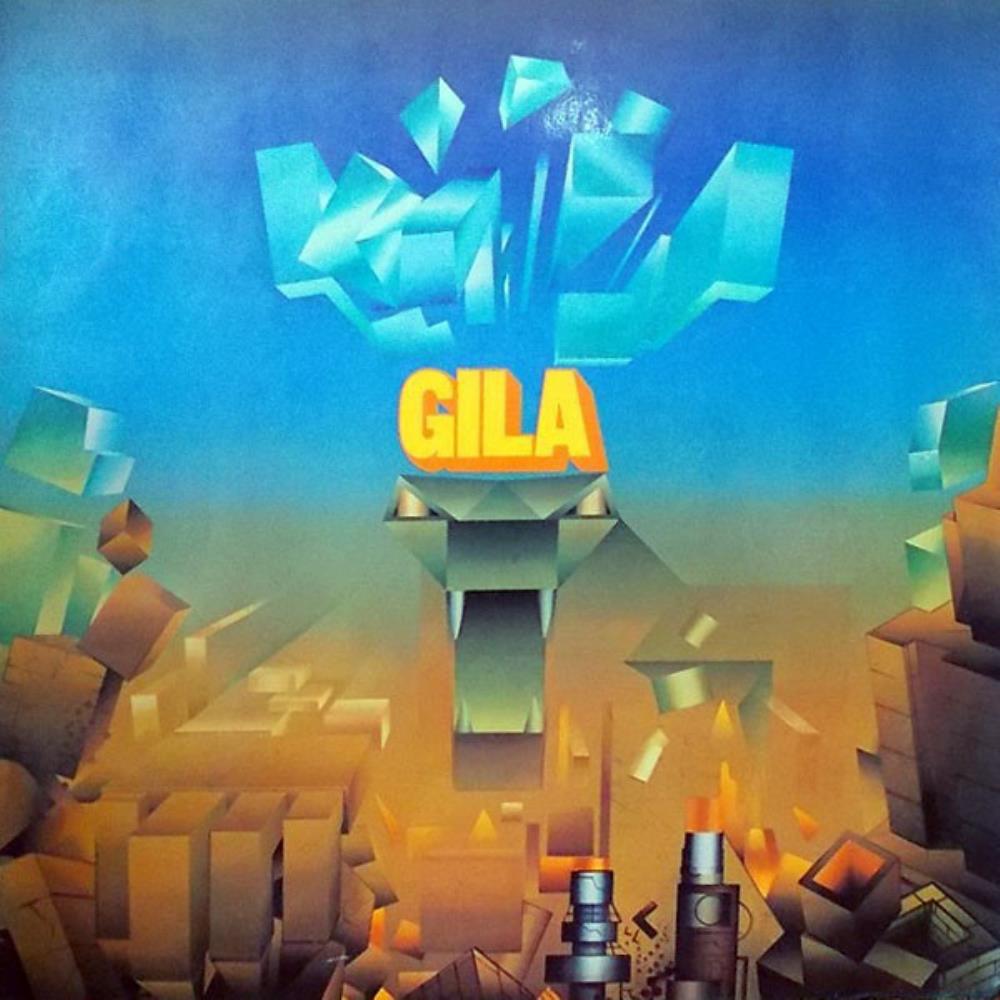 4.07 | 215 ratings
GILA [AKA: FREE ELECTRIC SOUND]
4.07 | 215 ratings
GILA [AKA: FREE ELECTRIC SOUND]Gila |
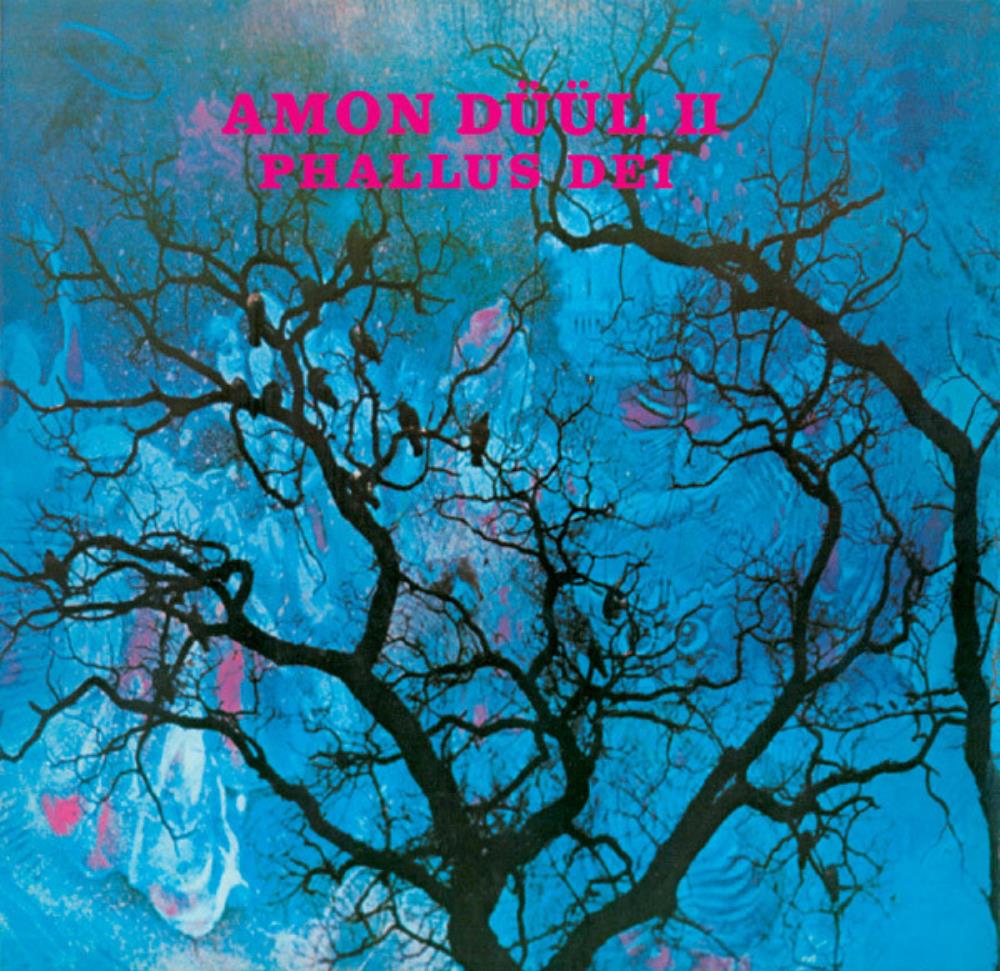 4.01 | 508 ratings
PHALLUS DEI
4.01 | 508 ratings
PHALLUS DEIAmon Düül II |
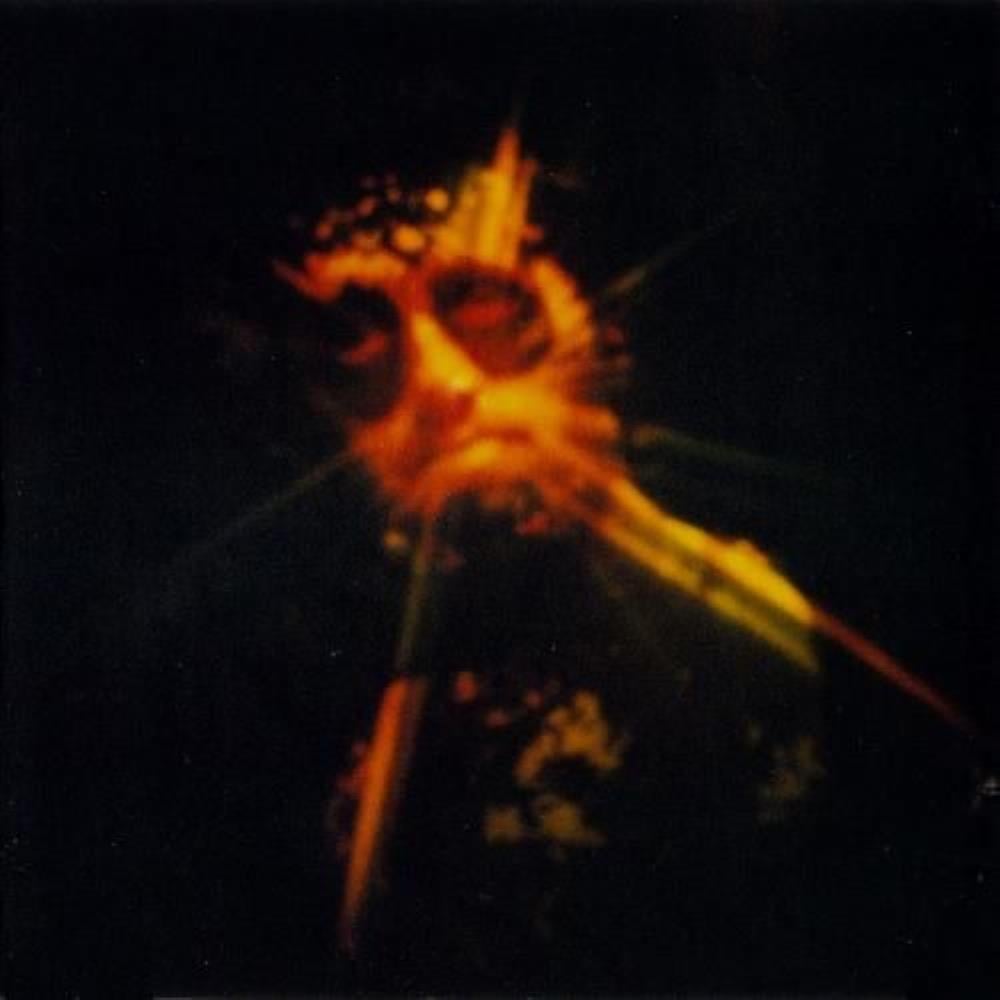 4.34 | 35 ratings
NIBELUNGENLIED
4.34 | 35 ratings
NIBELUNGENLIEDGerman Oak |
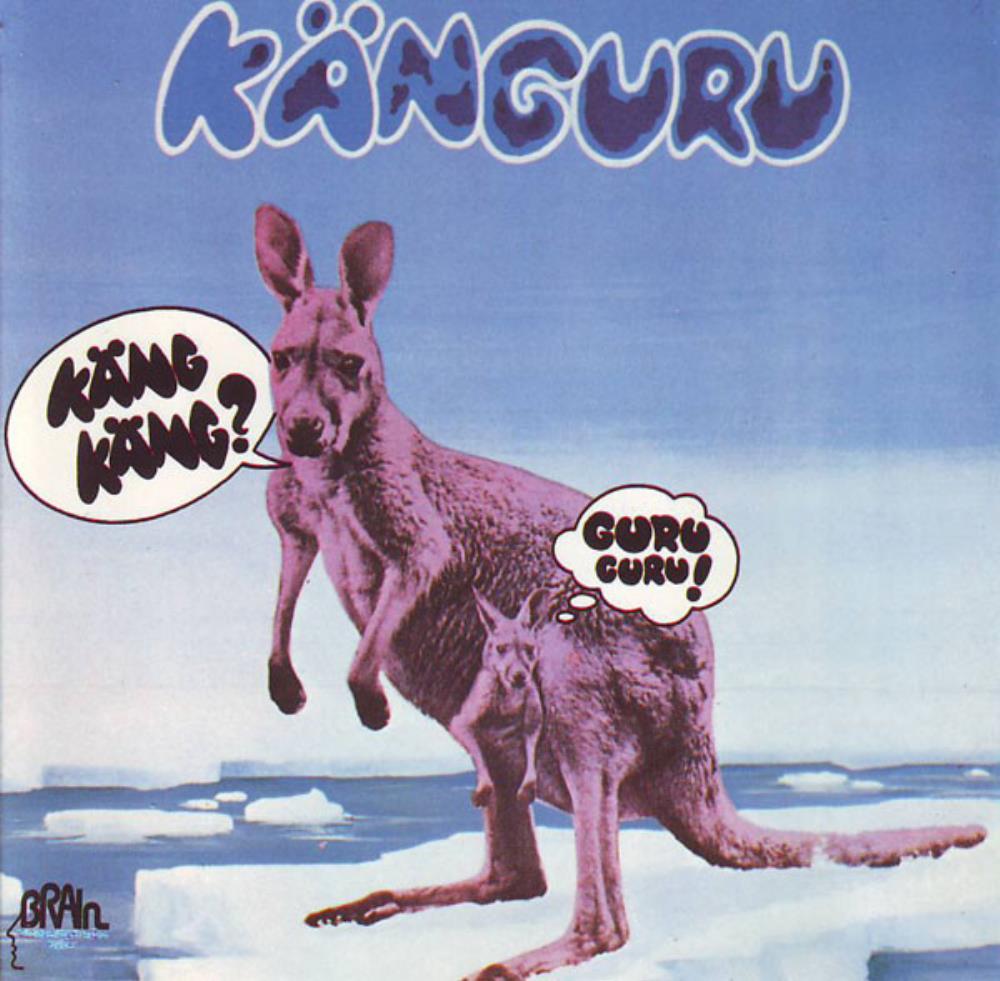 4.05 | 183 ratings
KÄNGURU
4.05 | 183 ratings
KÄNGURUGuru Guru |
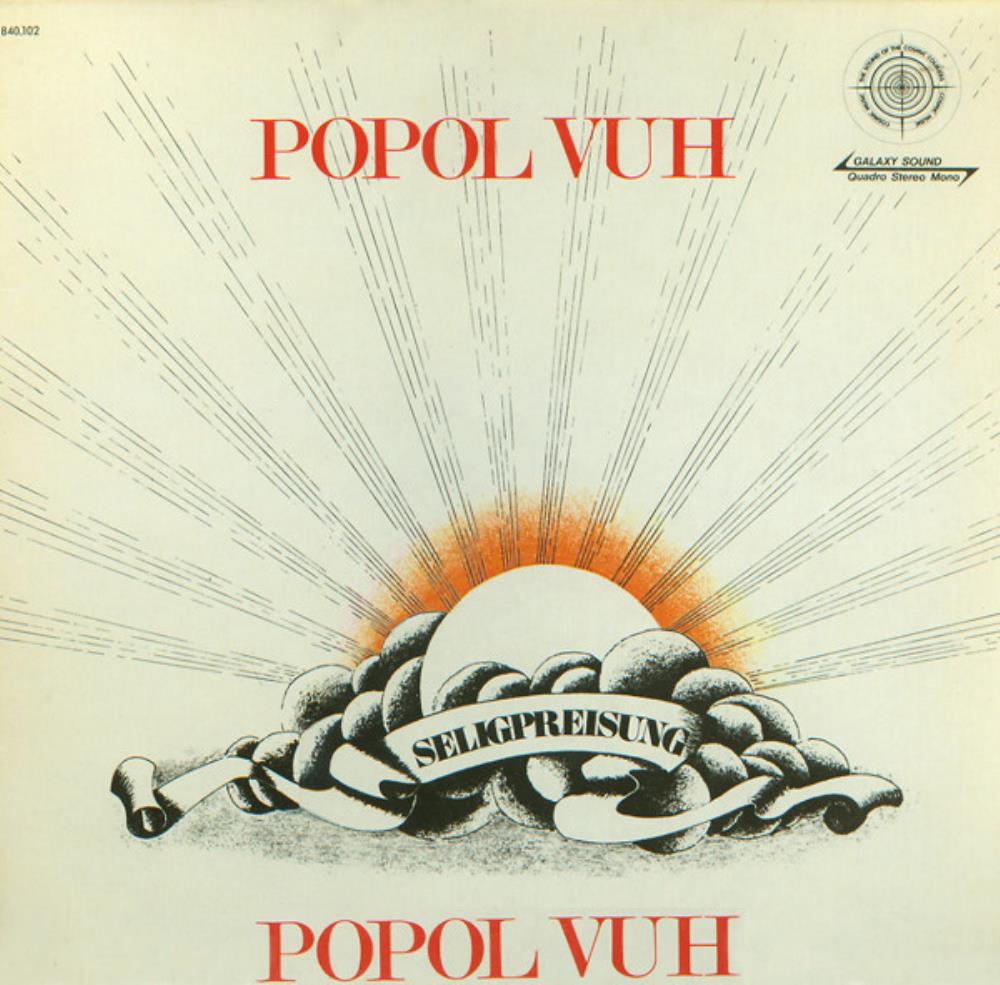 4.04 | 178 ratings
SELIGPREISUNG
4.04 | 178 ratings
SELIGPREISUNGPopol Vuh |
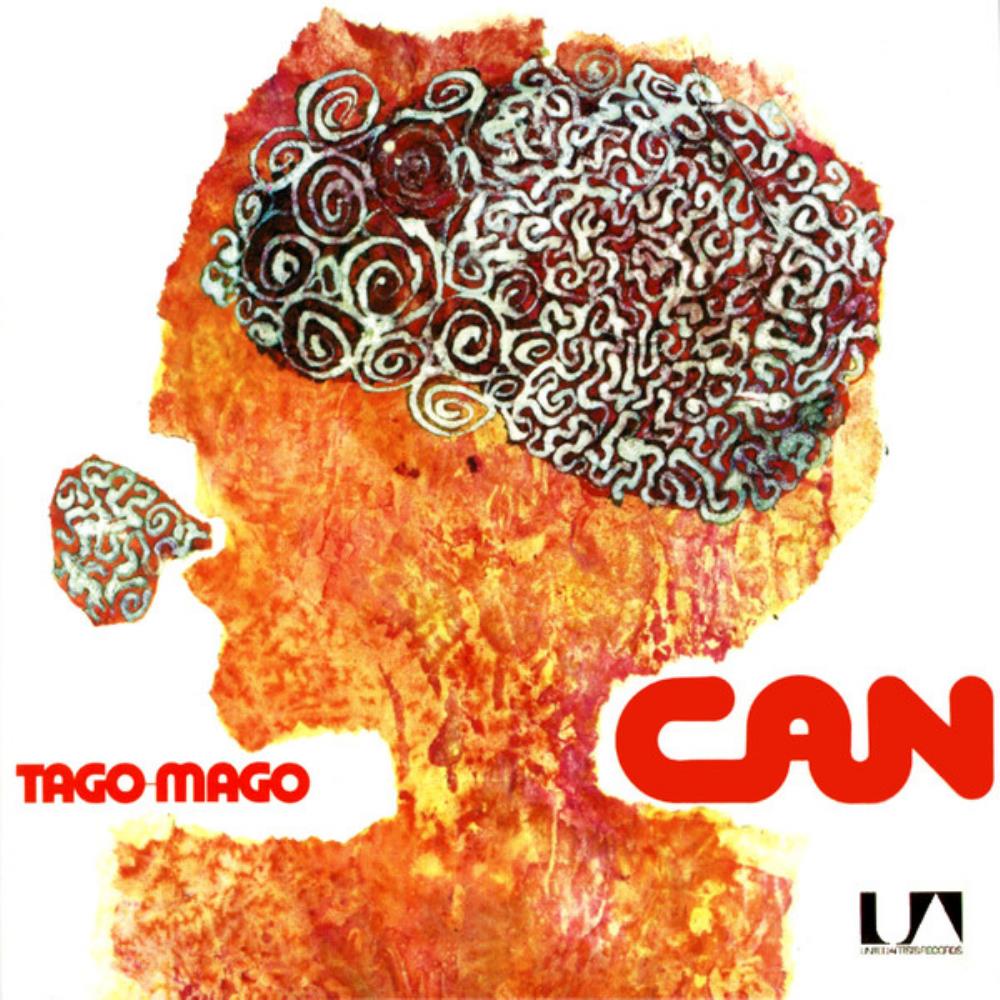 3.98 | 808 ratings
TAGO MAGO
3.98 | 808 ratings
TAGO MAGOCan |
 4.04 | 157 ratings
VOLUME 10
4.04 | 157 ratings
VOLUME 10Electric Orange |
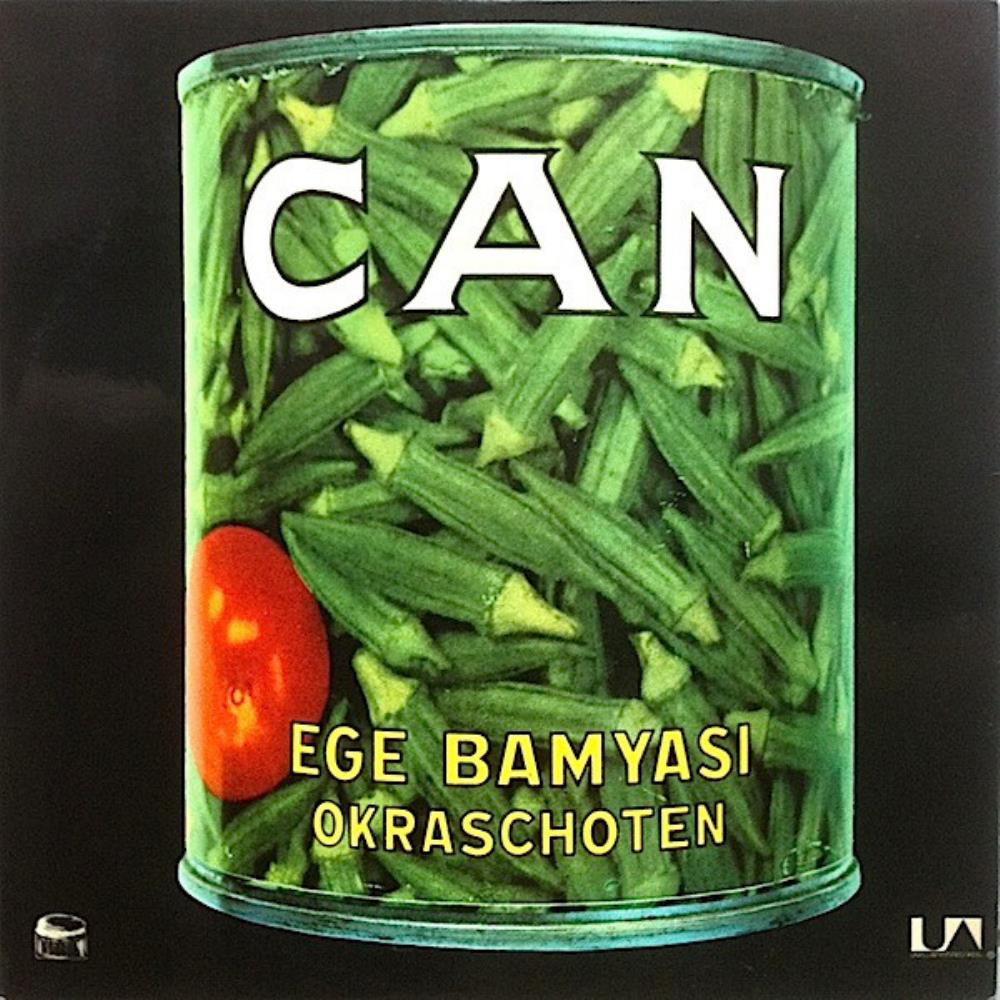 3.98 | 573 ratings
EGE BAMYASI
3.98 | 573 ratings
EGE BAMYASICan |
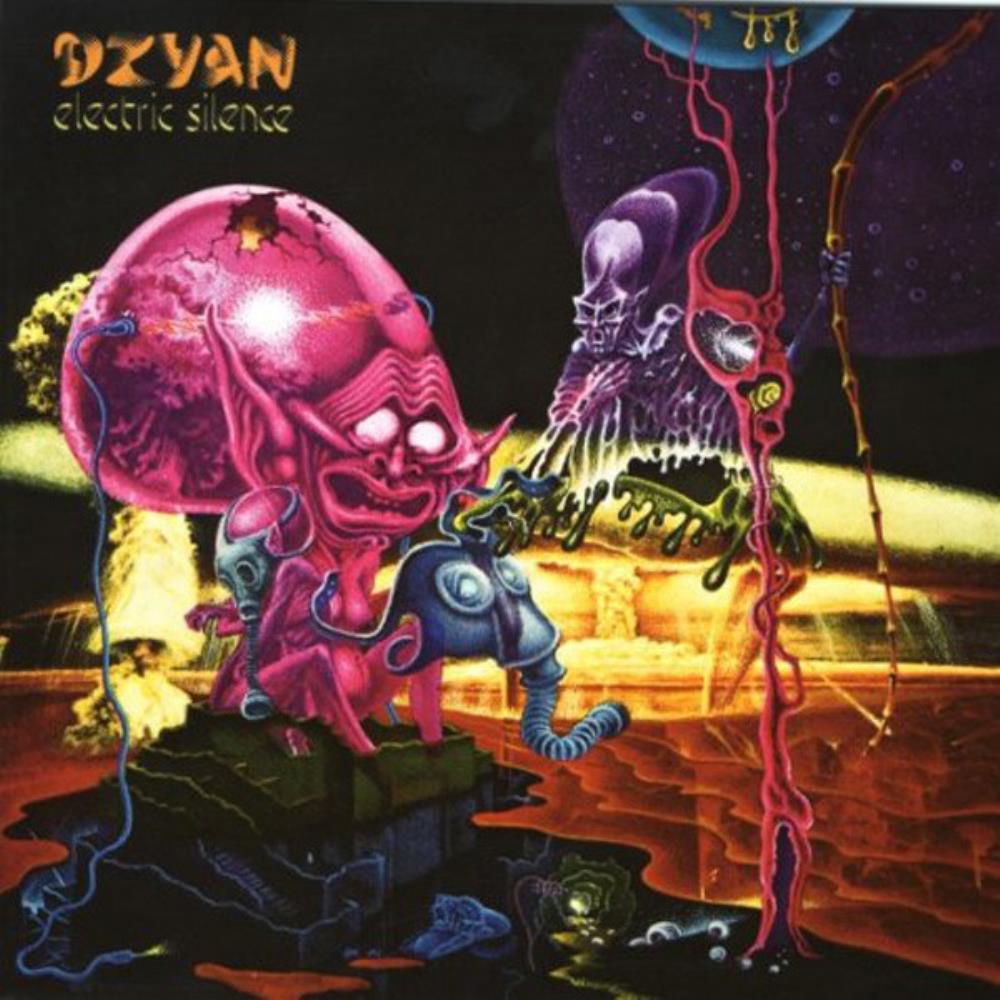 4.00 | 219 ratings
ELECTRIC SILENCE
4.00 | 219 ratings
ELECTRIC SILENCEDzyan |
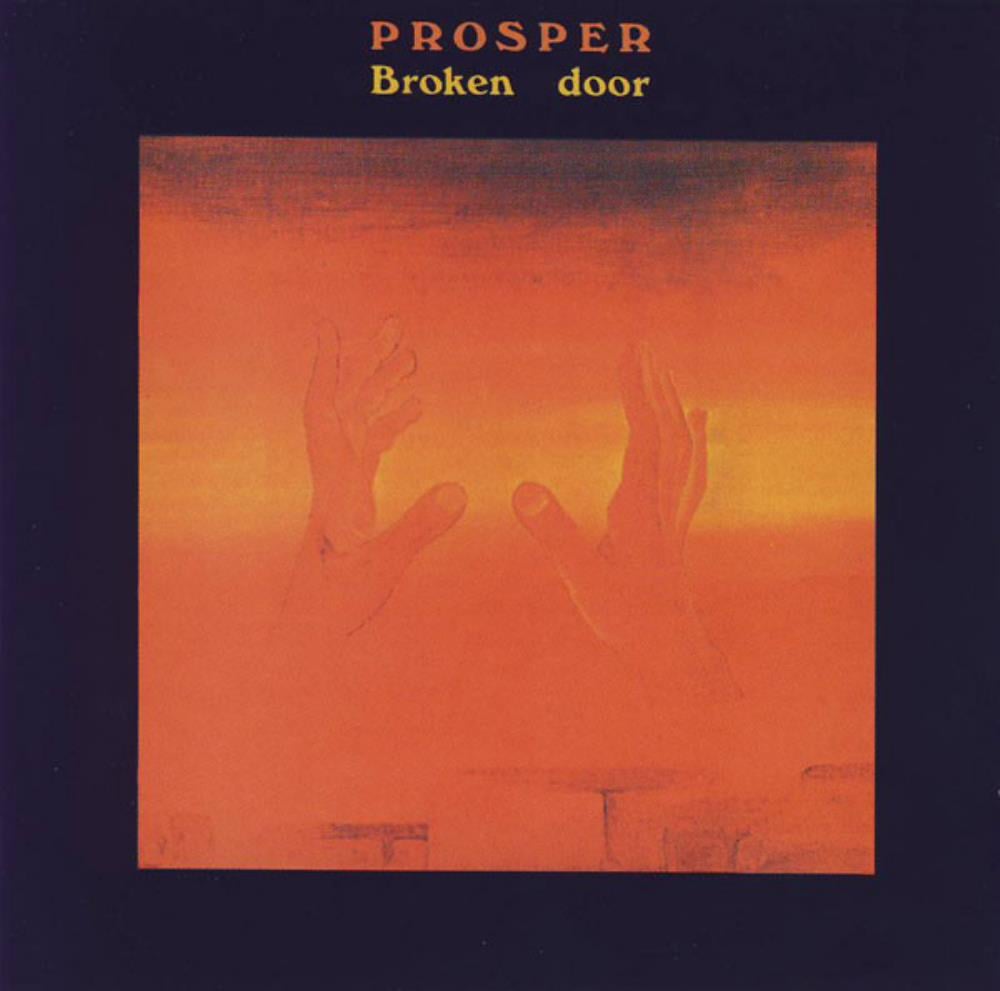 4.15 | 60 ratings
BROKEN DOOR
4.15 | 60 ratings
BROKEN DOORProsper |
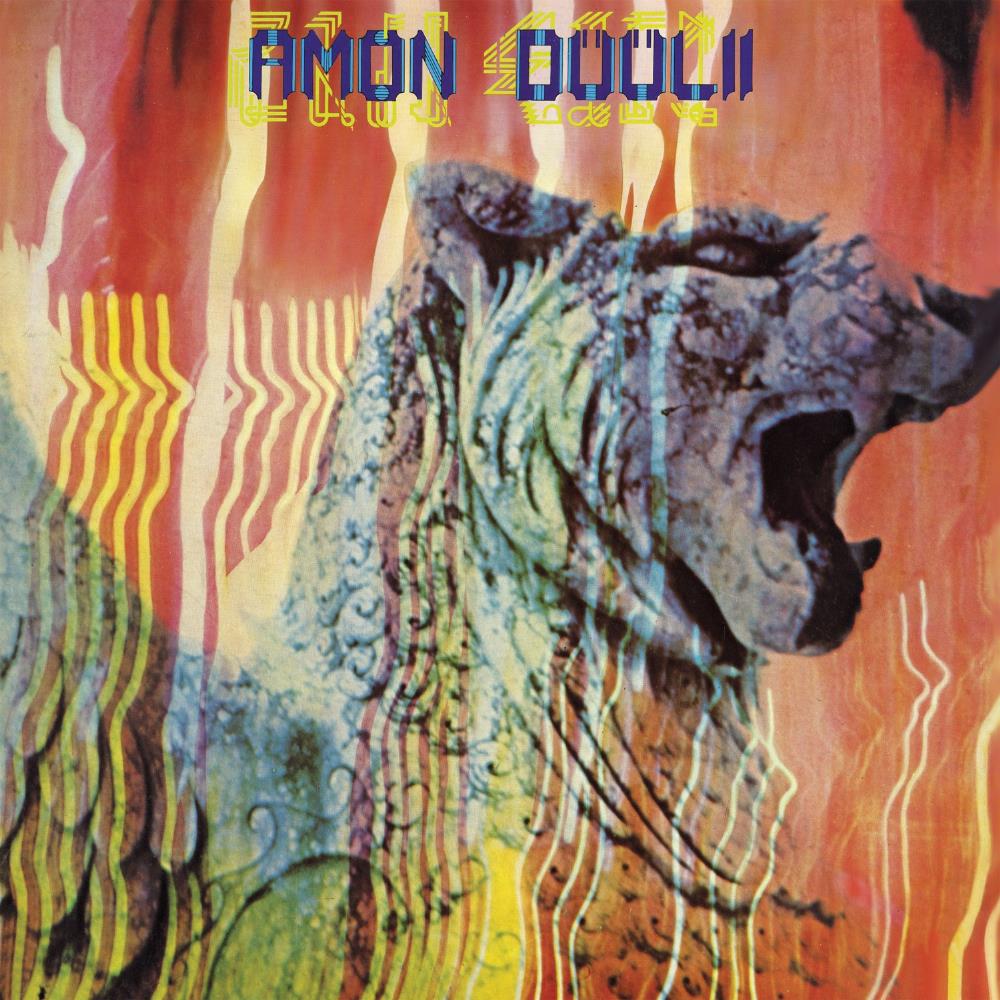 3.98 | 347 ratings
WOLF CITY
3.98 | 347 ratings
WOLF CITYAmon Düül II |
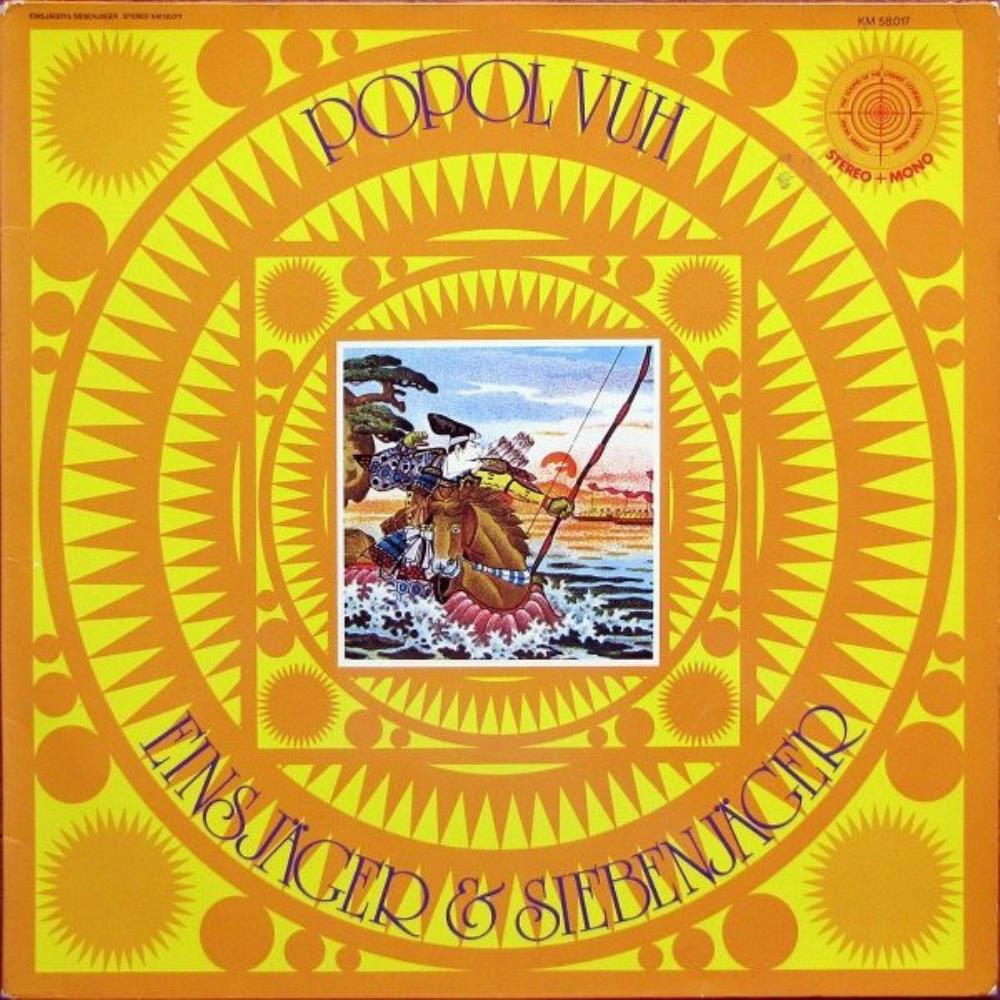 4.01 | 162 ratings
EINSJÄGER & SIEBENJÄGER
4.01 | 162 ratings
EINSJÄGER & SIEBENJÄGERPopol Vuh |
Krautrock overlooked and obscure gems albums 
Random 3 (reload page for new list) | As selected by the Krautrock experts team
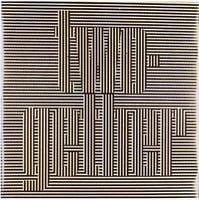 A COUPLE OF TIMES
A COUPLE OF TIMESTwogether |
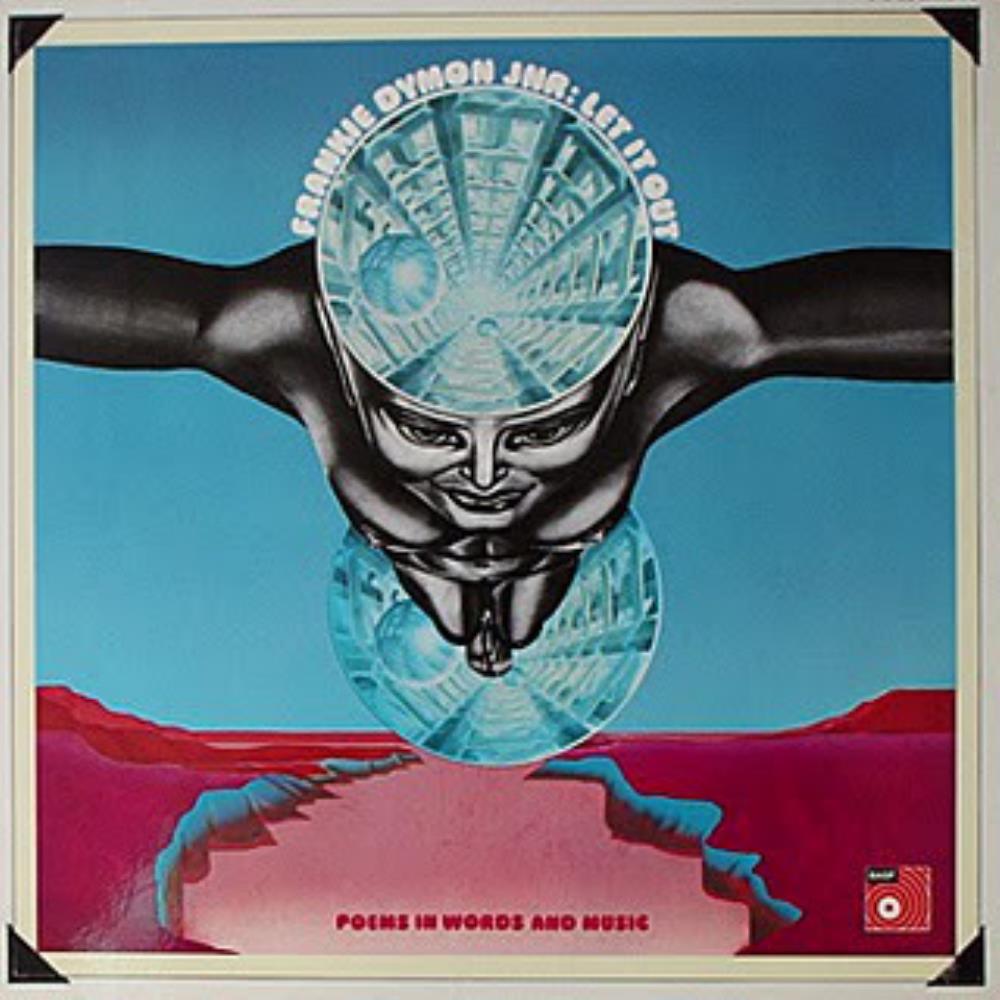 LET IT OUT
LET IT OUTDymon Jr., Frankie |
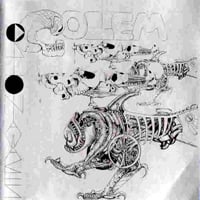 ORION AWAKES
ORION AWAKESGolem |
Latest Krautrock Music Reviews
Can Krautrock
Review by
Syzygy
Special Collaborator Honorary Collaborator
 For many Can fans this will be the most essential of their archival live releases. While live recordings with Damo Suzuki
have surfaced before on the Can Live box, The Lost Tapes and the bonus disc on some Tago Mago reissues, this is the
first (more or less) complete concert to see the light of day. At the time of this recording Can were between Ege Bamyasi
and Future Days, and this set leans more heavily towards Ege Bamyasi in both feel and content.
For many Can fans this will be the most essential of their archival live releases. While live recordings with Damo Suzuki
have surfaced before on the Can Live box, The Lost Tapes and the bonus disc on some Tago Mago reissues, this is the
first (more or less) complete concert to see the light of day. At the time of this recording Can were between Ege Bamyasi
and Future Days, and this set leans more heavily towards Ege Bamyasi in both feel and content.Disc one kicks off with Eins, a 36 minute spontaneous composition in which Can conjure up a vinyl album's worth of music apparently out of thin air. At times familiar themes briefly emerge, but the piece builds up and maintains its own fevered momentum; Czukay and Liebezeit lay down an ever evolving, waxing and waning groove, Karoli's blues raga guitar floats serenely overhead, Schmidt adds washes of keyboard colour and Suzuki declaims in the language of the stone age. The behemoth finally comes to a halt after 36 minutes and then we get Zwei, which turns out to be a remarkably straight reading of One More Night. Can always included familiar pieces in between their lengthy improvisations (Spoon would usually surface at some point in the Suzuki era, and Dizzy Dizzy was regularly included post 1974), but they rarely stayed as close to the recorded version as this.
Disc two starts with Drei, which uses Spoon (a minor hit single in Germany and probably their best known song at the time) as the basis for a 16 minute extended jam, while Vier is another spontaneous composition, this time clocking in at a comparatively brief 15 minutes. Finally, Funf starts out as Vitamin C before morphing into a dazzling free form freak out that ends rather abruptly after slightly less than 14 minutes. According to the sleeve notes this is "...due to no adequate sound sources existing of the final notes of this show", although those 'final notes' may have gone on for another 10 or 15 minutes.
For your money you get an hour and a half's worth of Suzuki era Can at the top of their game. The sound quality is remarkable for a 1973 bootleg recording, most likely primarily from a C90 recording by the same bootlegger responsible for the Brighton and Stuttgart sets, and Renee Tinner has worked minor miracles in cleaning it up for release. Knock off half a star if you are after pristine sound quality (thankfully there is no audience noise during the songs) and round it up to five stars if you have been dreaming of a fill Suzuki era concert.
Orange Peel Krautrock
Review by SliprKC70
 These German rockers by the name of Orange Peel were a small and relatively unknown Krautrock band
from the late sixties and the early seventies. Their self-titled album and a singular single serve as their only
recorded material. It's a surprisingly strong one, and it blends classic hard rock, progressive rock, and
psychedelia in a completely different way for 1970. The album itself is comprised of a side-long suite on
side one and a collection of three other songs on side two, each ranging from three to ten minutes in
length. Their style not only has that mix of the genres I mentioned already, but also wild, incomprehensible,
and instrumental jamming. This could be either more conventional jazz rock approaches or spacey
experimentation on each of their instruments. Altogether, this makes for a wonderful experience that
pushes boundaries most bands weren't even near to at the time. Moving on to the personnel, it includes
Peter Bischof on vocals, Leslie Link on guitar, Ralph Wiltheiß on organ, Heinrich Mohn on bass, and Curt
Cress on drums. Even though all of these players are incredible musicians, the most impressive has to be
Curt Cress for his rapid-fire approach to drumming and seemingly never taking any breaks when playing
these songs.
These German rockers by the name of Orange Peel were a small and relatively unknown Krautrock band
from the late sixties and the early seventies. Their self-titled album and a singular single serve as their only
recorded material. It's a surprisingly strong one, and it blends classic hard rock, progressive rock, and
psychedelia in a completely different way for 1970. The album itself is comprised of a side-long suite on
side one and a collection of three other songs on side two, each ranging from three to ten minutes in
length. Their style not only has that mix of the genres I mentioned already, but also wild, incomprehensible,
and instrumental jamming. This could be either more conventional jazz rock approaches or spacey
experimentation on each of their instruments. Altogether, this makes for a wonderful experience that
pushes boundaries most bands weren't even near to at the time. Moving on to the personnel, it includes
Peter Bischof on vocals, Leslie Link on guitar, Ralph Wiltheiß on organ, Heinrich Mohn on bass, and Curt
Cress on drums. Even though all of these players are incredible musicians, the most impressive has to be
Curt Cress for his rapid-fire approach to drumming and seemingly never taking any breaks when playing
these songs. The album is kicked off by You Can't Change Them All, a sprawling eighteen-minute-long suite that demonstrates everything I talked about earlier. It's extremely trippy, and it's easy to get lost in the deep madness within this song. The vocals sound uncanny, the musicianship is top-notch, and the overall vibe is wacky and experimental. Sure, in the nearly twenty minutes of what is essentially nonstop jamming and playing (which is for the most part instrumental), it might feel like the band drags the track and playing a bit too long, but in the end it's worth it because it's an interesting piece that mixes a ton of great attributes from classic psychedelia and progressive rock. Side two opens with the much shorter Faces That Used to Know, which clocks in at around three minutes. Even though the band never released this song as a single, it certainly sounds like their attempt to make one. It's got a level of catchiness that could captivate some radio listeners while also staying true to the adventurous improvisation aspects of the band's music on side one. The next song, Tobacco Road, is much more inspired by the blues in the band's playing. The impressive guitar craft on it, combined with those blues factors I mentioned, makes this song sound similar to some of the Mississippi delta legends. You can also hear influences that, while they wouldn't directly affect the band, certainly sound like what Uriah Heep would be playing next year. It also creates a live atmosphere in the band's now relaxed mood and intricate playing. The last song on the record is the ten- minute-long track called We Still Try to Change. It's very similar to the first song, being mainly composed of instrumental playing while also having slight additions of carefully crafted music. The much heavier organ material sounds similar to Deep Purple and their progressive material, while at the same time creating their own unique path. Much of this track is instrumental, and it leaves plenty of room for the band member's creativity to breathe and weave in and out of coordination, which I find pretty impressive. The ending, though, I can't really stand. It's just random notes from each of the band members instruments for two minutes straight, and it's really irritating to listen to the full ending.
In conclusion, this is quite the interesting gem in the progressive rock realm. It has a high level of complexity and intricate musicianship in the rapid jam sessions, while the band also adds in their own output in the form of unique riffs and phrases. The music can be described as hard rock or heavy psych at parts and never fails to ignite something within the listener. While all these good aspects are here, there are some subtle downsides in the album. I personally think the production is too raw (even for this form of music), and the ending was just a bit boring seeing how good the rest of the album is. Also, as much as I respect the wild jams and heavy playing on the songs, I think the band could've been a bit more creative and added more variety in those sections. With all that being said, this album is a 4/5.
Can Krautrock
Review by alainPP
 1. Future Days space departure almost before knowing what was happening in the stars; a tune that will become
heady, reverberating, a sound at the time that stood out from the pure electronic music of TANGERINE DREAM,
SCHULZE and others. A unique sound more rock on a psychedelic search, more rock, not electronic enough, a
genre quite apart in fact
2. Spray that will flood as the title indicates... its notes on our ears, for a S-F air of hyper space where time is not
controlled, on a boiling free jazz rock side with its mantranic percussions; the only moment where I find similarities
with the great TANGERINE DREAM on their first period also very crazy; the captivating voice of Damo bringing the
most hypnotic; the association guitar keyboards not being at its best lacking a little progressive spice, by comparing
with the electro-symphonic clarity of the mandarin dream. A sound that must have been really avant-garde at the
time, able to hook many budding progs
3. Moonshake in radio edit before its time, or how to breathe a short title into this precursor album; a redundant
rhythm, some strange noises, a muffled voice and we are ready to go, at the time for a dance, the most of this
group
1. Future Days space departure almost before knowing what was happening in the stars; a tune that will become
heady, reverberating, a sound at the time that stood out from the pure electronic music of TANGERINE DREAM,
SCHULZE and others. A unique sound more rock on a psychedelic search, more rock, not electronic enough, a
genre quite apart in fact
2. Spray that will flood as the title indicates... its notes on our ears, for a S-F air of hyper space where time is not
controlled, on a boiling free jazz rock side with its mantranic percussions; the only moment where I find similarities
with the great TANGERINE DREAM on their first period also very crazy; the captivating voice of Damo bringing the
most hypnotic; the association guitar keyboards not being at its best lacking a little progressive spice, by comparing
with the electro-symphonic clarity of the mandarin dream. A sound that must have been really avant-garde at the
time, able to hook many budding progs
3. Moonshake in radio edit before its time, or how to breathe a short title into this precursor album; a redundant
rhythm, some strange noises, a muffled voice and we are ready to go, at the time for a dance, the most of this
group4. Bel air has this plus, there is some finally... of offering a 20-minute side to start; quite disconcerting because very quickly the improvisation sensation emerges like in a concert where no one wants to stop; sounds placed next to each other, a guitar in the distance letting the drums discuss, a slow derivation that will run aground on this country break with noises of bumblebees, animal cries. As much as they stood out from the TANGERINE DREAM that I like to mention, they were getting closer to the work of PINK FLOYD, who were going to stand out from it, its unique krautrock; during this time the break was transformed into a compulsive litany with the fusion of Jaki's metronomic drums and Michael's intoxicating guitar for a captivating adrenolytic rise; its precursor of space rock in which ORESUND SPACE COLLECTIVE would later plunge for example, continuing to jam in front of the sidereal eternity. The drums rumble like a feverish Nick MASON, the final dull, melted, latent, contemplative, seeming to want to be reborn. A very special trip from the time when musical progression was not scary.
Siinai Krautrock
Review by
Matti
Prog Reviewer
 It's been a long time, nearly a decade actually, since my previous dedicated Siinai listenings which was with
their 2014 album Supermarket. The Finnish, instrumentally oriented and Krautrock influenced band Siinai
made a comeback this year after a lengthy interim. I almost attended the album release gig in my hometown
Tampere, but I didn't, due to the late timing and my work obligations and another gig the following day. Now
I'm catching up by listening to their two latest albums. Sykli (2017) marked a shift to the more extended track
forms. Some of the five pieces on it are rather spatial and ambientish electro music with no drums, while the
rhythm is central on other pieces.
It's been a long time, nearly a decade actually, since my previous dedicated Siinai listenings which was with
their 2014 album Supermarket. The Finnish, instrumentally oriented and Krautrock influenced band Siinai
made a comeback this year after a lengthy interim. I almost attended the album release gig in my hometown
Tampere, but I didn't, due to the late timing and my work obligations and another gig the following day. Now
I'm catching up by listening to their two latest albums. Sykli (2017) marked a shift to the more extended track
forms. Some of the five pieces on it are rather spatial and ambientish electro music with no drums, while the
rhythm is central on other pieces.Tanssi I, released digitally and on vinyl (with a round label-sized hole on both sides of the cover), continues in the extended track length direction, containing only two pieces on each side. Tanssi means dance. 'Vihreään laaksoon' (= To a green valley) is a hypnotic, trippy trance piece that colours the basic groove with gradually evolving arrangement details. Trumpet is cool near the end.
'Kirjokansi' featuring wordless female voice approaches the tighter song structure of Supermarket, it only lasts longer (7 minutes). The brisk beat with a disco flavour is enjoyable, and again the nuanced sonic details justify the extension that emphasizes the trippy, trance-like atmosphere.
'Käsi kädessä' (= Hand in hand) is even 18 minutes long! In the beginning the percussion sovereignly rules, but pretty soon the soundscape is full of fascinating things. The piece has both very organic jazziness especially on the spatial keyboard chords, and a hypnotic trance/ambient minimalism. Arguably it could be more effective in a slightly more economic form, but without a question it earns the status as the album's mighty central opus.
'Satakieli' (= Mockingbird) combines the tribal-like percussive orientation and a New Agey, spacey electronic music flavour. My friend attended the gig and praised it to be impressive. Listening to the album, I truly believe there must have been a special atmosphere. As a casual home listening this music may not function equally strongly, but this truly could be the finest achievement of Siinai. The 'I' in the album title hints that they are going to follow this dance inspired path further.
Gebarvaterli Krautrock
Review by
Mellotron Storm
Prog Reviewer
 4.5 stars. GEBARVATERLI formed in Nuremburg, Germany back in the Fall of 1972 originally playing covers, before late
in 1973 when they decided to play only their original compositions. It would be five years before they would release
their only album in 1978. A consistent lineup from the start, with the addition of a trombone player in 1975 and the
replacement of the original sax man after that being the only real changes. Mandi Riedelbauch is the new sax player,
and he's from EX OVO PRO, and I love their 1976 recording called "European Spassvogel". He also adds bassoon and
flute besides a variety of saxes. He and a few others in the band studied at the Nuremberg Conservatory.
4.5 stars. GEBARVATERLI formed in Nuremburg, Germany back in the Fall of 1972 originally playing covers, before late
in 1973 when they decided to play only their original compositions. It would be five years before they would release
their only album in 1978. A consistent lineup from the start, with the addition of a trombone player in 1975 and the
replacement of the original sax man after that being the only real changes. Mandi Riedelbauch is the new sax player,
and he's from EX OVO PRO, and I love their 1976 recording called "European Spassvogel". He also adds bassoon and
flute besides a variety of saxes. He and a few others in the band studied at the Nuremberg Conservatory.In fact, while I feel this fits in the Jazz/Kraut style that was strong in the late seventies, this is more in the jazz realm. I keep it in my jazz section unlike KRAAN, MISSUS BEASTLY, EMBRYO etc. Yes there is that krautrock spirit here, but this comes across as being academic jazz much of the time. These guys are very talented and most had years of schooling on their instruments. The pianist had five years of classical piano training, while the bass player is the only one not to have formal training, but he also had been playing for 11 years in various groups and recording albums with a couple of them before joining this band.
The two bonus live tracks reveal that krautrock spirit more than the studio album does. Love the cover art done by the trombone player. A seven piece here with two horn players, and a flautist who also plays sax. We get six tracks worth over 39 minutes. How about I use the english translation of these song titles since some are so long. It opens with "I Am The Postillion d'Amour, But My Watch Is Fast" at 8 1/2 minutes. This is such a trippy and relaxed piece. The fluttering flute and marching styled drums aren't usually what I'm into but it sure works here. Sax and piano will lead but the trombone kicks in late. Some nice picked guitar too.
"Don Juan Has His Sneakers On" has some real nice flute and improvised sax, but it's the bass and a surprisingly dark vibe that draws me in. Some expressive guitar and organ as well. How about that electric piano. Nice. The title track "In The Valley Of The Emmen" has this bass line that comes and goes as picked guitar, horns and drums kick in. This is kind of jerky before it settles into a jazz mode with horns leading. Electric piano too.
"Shubidubikong" is my favourite and it has bassoon and a haunting trombone solo. This 8 minute track is the second longest. A flute duet too along with a furious sax solo are also featured. Some vocal expressions late, and the only time we will hear them on this record. There's a darker and heavier sound early which is amazing. That darkness will return and when it does with flute I'm thinking Sweden. Dissonant sax before 6 minutes. "The Tense Relationship Between A Butterfly And A Thistle" grooves pretty good, plus it's such a sunny tune with lots of flute. The closer "Rewind" hits the ground running and the flute and drums stand out but also the horns and guitar.
Sure this comes across as being lightweight at times, as well as being too traditional jazz sounding, but talk about a grower. It took some spins for this recording to reveal just how incredible it really is.
L.S. Bearforce Krautrock
Review by
Mellotron Storm
Prog Reviewer
 3.5 stars. L.S. BEARFORCE was the project of one Lothar Schmidt, with the L.S. being his initials. He was a drummer
who loved GURU GURU, obviously because of the great Mani Neumeier. So imagine his excitement when he actually
gets to play with Mani who is on this record. But it doesn't end there, as he also enlisted drummer Winfried Beck who
adds drums and congas. Lothar himself plays bass on here. He's actually quite good, as he always used the bass to
compose songs in the past.
3.5 stars. L.S. BEARFORCE was the project of one Lothar Schmidt, with the L.S. being his initials. He was a drummer
who loved GURU GURU, obviously because of the great Mani Neumeier. So imagine his excitement when he actually
gets to play with Mani who is on this record. But it doesn't end there, as he also enlisted drummer Winfried Beck who
adds drums and congas. Lothar himself plays bass on here. He's actually quite good, as he always used the bass to
compose songs in the past. The legendary Edgar Hofmann from EMBRYO adds sax, nagaswaram, flute and violin. And we get a guitarist I don't know in Edmund Heimann. Now this was the early 80's when Krautrock was a decade removed from it's peak. And this is a rare album from this time to actually play in the classic early 70's style. A poor man's GURU GURU is how I would put it. It's coming up 7 years since I last spent some time with this one. And originally I gave it 4 stars, but have since dropped it to 3 stars. I feared I got caught up in the lineup here, and in the fact this was released the early eighties and how this must have been a Godsend to old school Krautrock fans. But honestly it's too much like GURU GURU's classic period, but not nearly on that level.
A band who were their contemporaries was SPACEBOX who were led by GURU GURU's original bass player Ule Trepte. These two bands shared three members in Hofmann, Neumeier and Heimann. SPACEBOX though was about as far from GURU GURU sounding as you can get. Almost an avant style that is very experimental. Difficult is the word. Uli actually did the cover art for this one, I believe an artistic LS is what he drew. So a pretty good album where they seem to jam a lot, but like the two SPACEBOX records, this feels sub par compared to the classics.
Black Spirit Krautrock
Review by
Finnforest
Special Collaborator Honorary Collaborator
 Live from the Krautrock/Hardrock/Psych Garage?
Live from the Krautrock/Hardrock/Psych Garage?Here's something a little different. Formed in 1970 and based in Hamburg till around 1978, this unusual group of Italian lads moved to Germany and made an album that sounds nothing like RPI. This is hard garage rock with hints of vintage psych rock keyboards and sometimes even an early spirit of punk rock sneaking in, at least in the attitude department. Sometimes it reminds me of a smoothie blend of the first Rush album with the first BOC album with some heavy/trippy late '60s San Fran collective. Other times it could pass as a Midwest grungy stoner rock garage band. Some people mention a lack of sophistication, but I think that has more to do with the low-fi production than the playing ability. While these guys are not going to be invited to play sessions with late '70s Steely Dan, they're not exactly slouches either. This is not a review that requires much analysis or long-windedness. This album is not complicated. They grab an idea, lock into an extended, often repetitive groove, and they just head on down the highway until you're either enthralled or until you're begging for mercy. Personally, I think it's a fun ride, but not one I'd need to take too often. There's a whole lotta stuff I'd rather be playing at this point in time. But when I was 17 working the overnight cleaning shift, this would have been a great work-companion cassette in the boombox.
Gam Krautrock
Review by PapaPork
 This album has got to be in the top 500 worst albums ever recorded. Pretending this is music, or anything
resembling it is just willful delusion. There are a few minutes that add up to what can be considered music, but the
rest is just aimless noises. No wonder this never saw release up until recently. It should have stayed buried and
never to resurface. This isn't music, this is just awful boring noises. I get it, it sounds "spacey" and "trippy" you can
feel the peyote kicking in! LOL, this is embarrassing to listen to. Britney Spears is almost infinitely more talented
than these wackos. Avoid at all costs, not worth the $20 I spent on this.
This album has got to be in the top 500 worst albums ever recorded. Pretending this is music, or anything
resembling it is just willful delusion. There are a few minutes that add up to what can be considered music, but the
rest is just aimless noises. No wonder this never saw release up until recently. It should have stayed buried and
never to resurface. This isn't music, this is just awful boring noises. I get it, it sounds "spacey" and "trippy" you can
feel the peyote kicking in! LOL, this is embarrassing to listen to. Britney Spears is almost infinitely more talented
than these wackos. Avoid at all costs, not worth the $20 I spent on this.
Herbert F. Bairy Krautrock
Review by
Mellotron Storm
Prog Reviewer
 Herbert F. Bairy is the pseudonym of German artist Ferdinand Forsch. He would release one album in his lifetime, but
what an album! I have never seen so many reviewers use the word "unique" for an album in all my life. Released in
1980 Ferdinand created this album called "Dream-games", and like dreams there are no rules here of any kind. My
friend Guldbamsen gave this 5 stars and you have to read his review. And while we have a mutual love for
psychedelic/krautrock styled music, David has more of an appetite for the ethnic vibe than I do. And there's lots of
that here.
Herbert F. Bairy is the pseudonym of German artist Ferdinand Forsch. He would release one album in his lifetime, but
what an album! I have never seen so many reviewers use the word "unique" for an album in all my life. Released in
1980 Ferdinand created this album called "Dream-games", and like dreams there are no rules here of any kind. My
friend Guldbamsen gave this 5 stars and you have to read his review. And while we have a mutual love for
psychedelic/krautrock styled music, David has more of an appetite for the ethnic vibe than I do. And there's lots of
that here. I am actually more mesmerized by this recording than I am loving it. And talk about avant and experimental at times. I found that I needed a lot of patience with this record, the emotional connection just isn't there. We get four tracks worth around 40 minutes. And yes lots of atmosphere and exotic sounds. Some vocals. Tons of guests are helping Ferdinand create his dream album. I recognize two of them and both are from the hard rocking German band called ODIN from the early seventies. Jeff Beer adds a lot with electric guitar, harmonium, synths, drums, bass and voice. He also painted the cover art. Talented man. And his buddy from ODIN Rob Terstall adds guitars.
I love Guldbamsen's comparison of this album to a mixture of SHAKTI, CLIVAGES "Mixtus Orbis" and the "Atom Heart Mother Suite". This is not for the faint of heart. We even get some soprano female vocals. Ferdinand himself adds piano, percussion, zither, wind harp, harmonium and voice. But the ethnic sounds come mainly from tablas, tambura, african flutes and dilruba. Some horns too like clarinet, sax and trumpet. And a pocket-horn. Church organ on the opener along with cello. And like dreams the music changes on a dime. This really is something to hear.
Hedersleben Krautrock
Review by
Mellotron Storm
Prog Reviewer
 When it comes to modern day Krautrock it doesn't get much better than HEDERSLEBEN. They were formed in the
town of Herdersleben, Germany and are led by British guitarist Nicky Garratt. This is album number three and it's
based on a Barrington J. Bayley novel. On the back of the cd it says "Time is mutable... The Fall Of Chronopolis is
dedicated to the infinite mind of Barrington J. Bayley."
When it comes to modern day Krautrock it doesn't get much better than HEDERSLEBEN. They were formed in the
town of Herdersleben, Germany and are led by British guitarist Nicky Garratt. This is album number three and it's
based on a Barrington J. Bayley novel. On the back of the cd it says "Time is mutable... The Fall Of Chronopolis is
dedicated to the infinite mind of Barrington J. Bayley." I really like this band and apparently I'm not the only one as Joel from BRAINTICKET had HEDERSLEBEN as his backing band on that final BRAINTICKET record from 2015. Nik Turner also had this band as his backing band on his 2017 release "Life In Space". Now Nik and this band have had connections since 2013 with Turner guesting on flute on their debut. And some of these band members guesting on some Turner solo records before "Life In Space". The core trio of this band on the first three albums have been Garratt on guitar, Kephera Moon on keyboards and Jason Willer on drums. Their most recent release called "Orbit" is where Moon and Willer left the band and that was the first album they released that disappointed me.
I love their "sound" with that spacey and trippy vibe standing out, tons of atmosphere, with female vocals that whisper, are wordless and sing, but the vocals sort of blend in with the music. It was the new female singer on "Orbit" where I felt her vocals became too much of the focus, and I wasn't that into them anyways. The new singer here is good and she adds violin which is a new flavour for this band, not found on their first two records. While you can call this a concept record, it sure doesn't come across as one which I appreciate. As the focus is on the instrumental work despite it being a concept album which is refreshing.
We get eleven tracks under 42 minutes and there are four tracks under 2 minutes but they work in this uniform sounding recording. I love that intense rhythm section on "Gulf Of Lost Souls" that reminds me of early GONG surprisingly enough. Also "Ghost Amanda" really stands out for me. The keys and guitar, the melancholy, the urgent rhythm section. So good! And how about the way the album opens sounding like the start of a movie and adventure. Fasten your seat belts as that opener is the longest at under 8 1/2 minutes. And what a ride! Love the violin on some of those short pieces like "Umbul" and "The Archivist". I'm also a big fan of the spacey wind and start of "Somewhen Veaa(Dreamstate)" and the melancholic keys. Check out the echo on "The Third Time Fleet" the second longest piece at under 7 minutes. Space whispers too.
You can't go wrong with the first three albums by this band, but also check out some of those Nik Turner albums these guys guest on. A solid 4 stars for this slab of space rock.


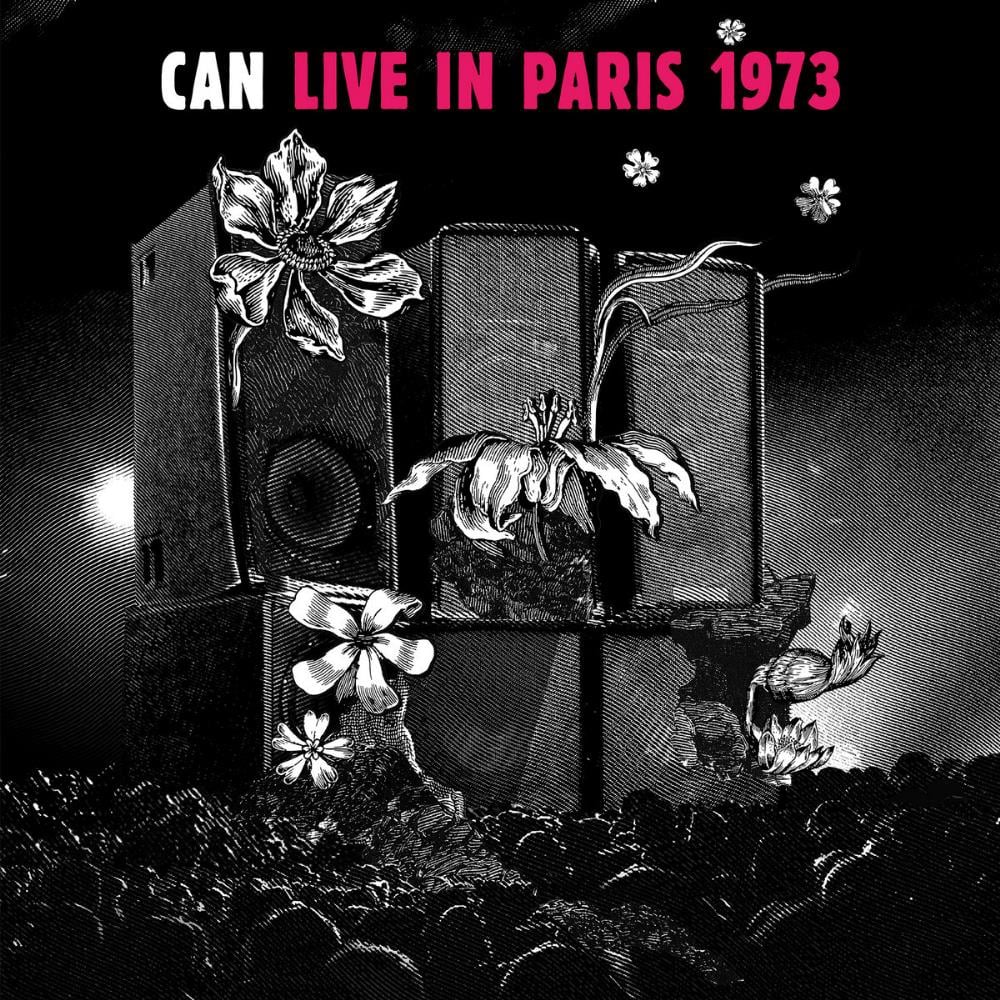
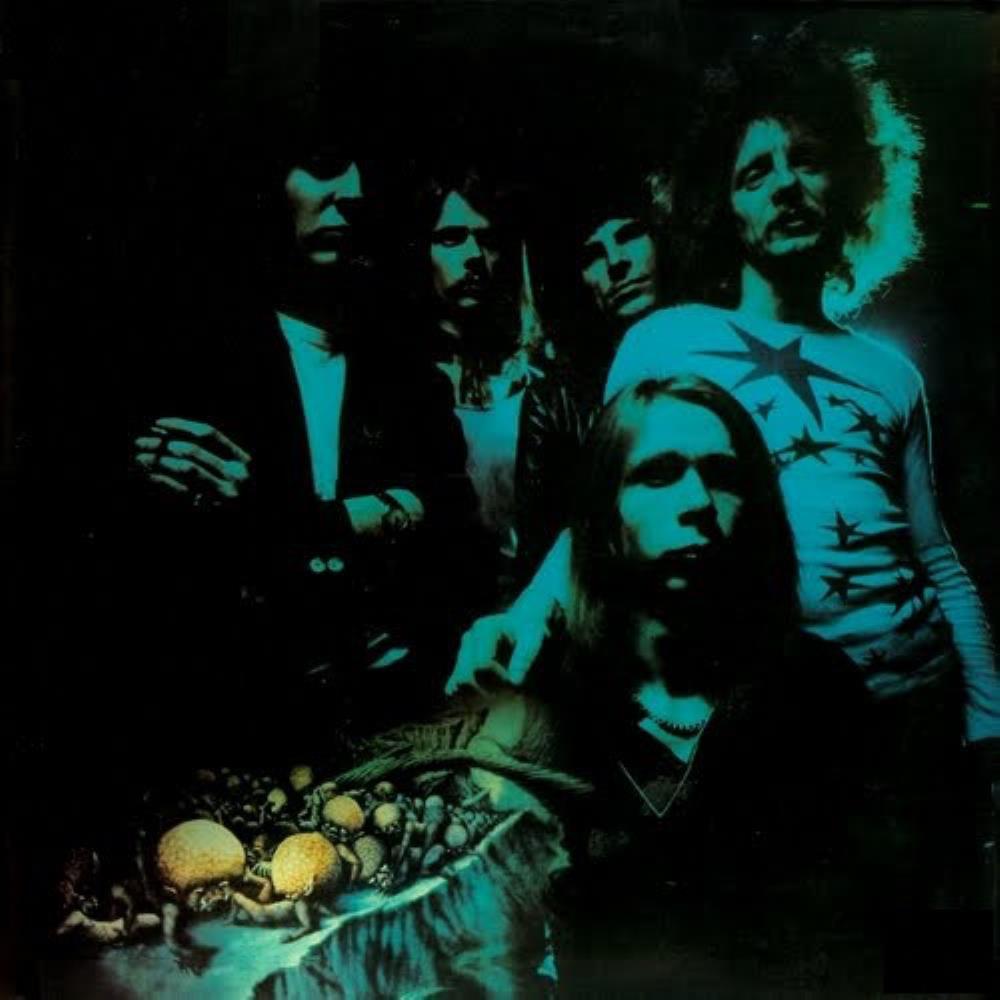
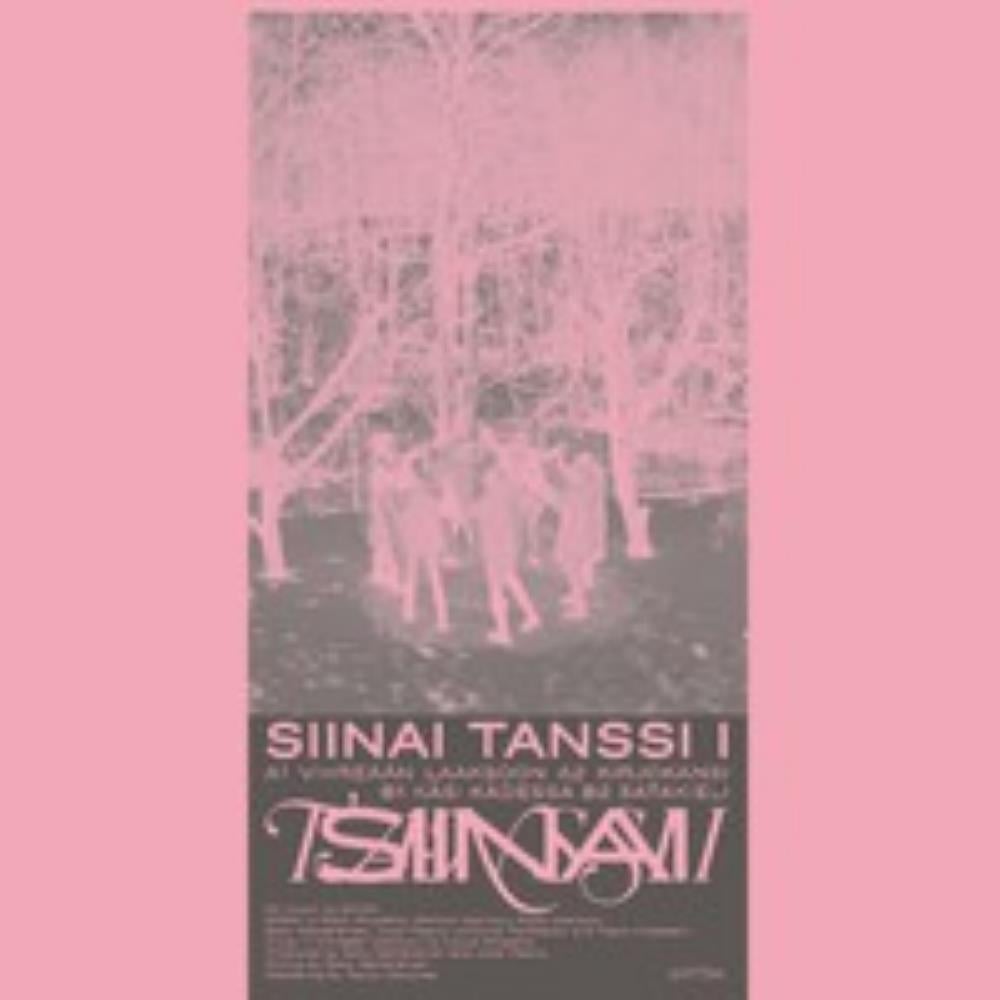
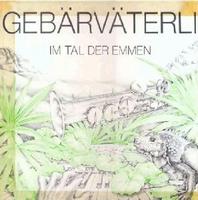
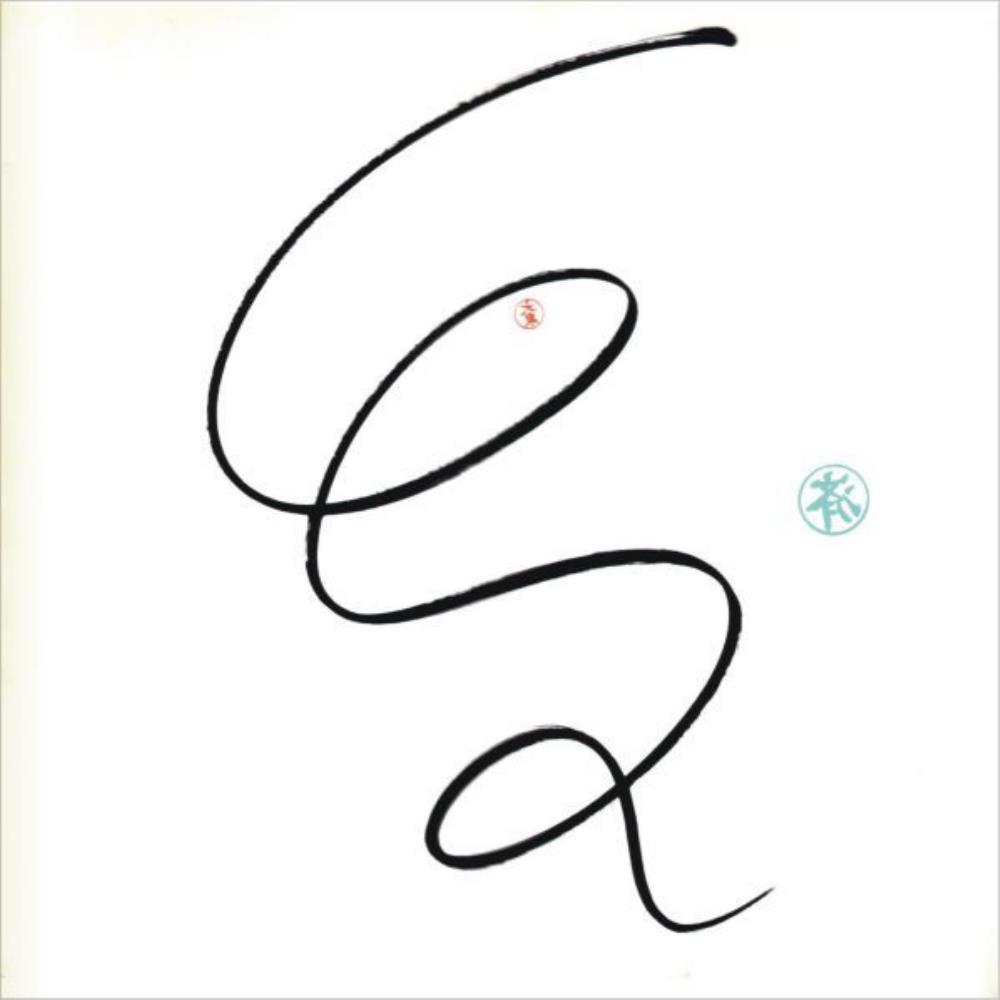
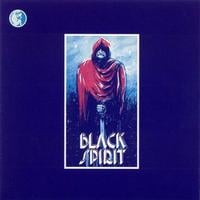
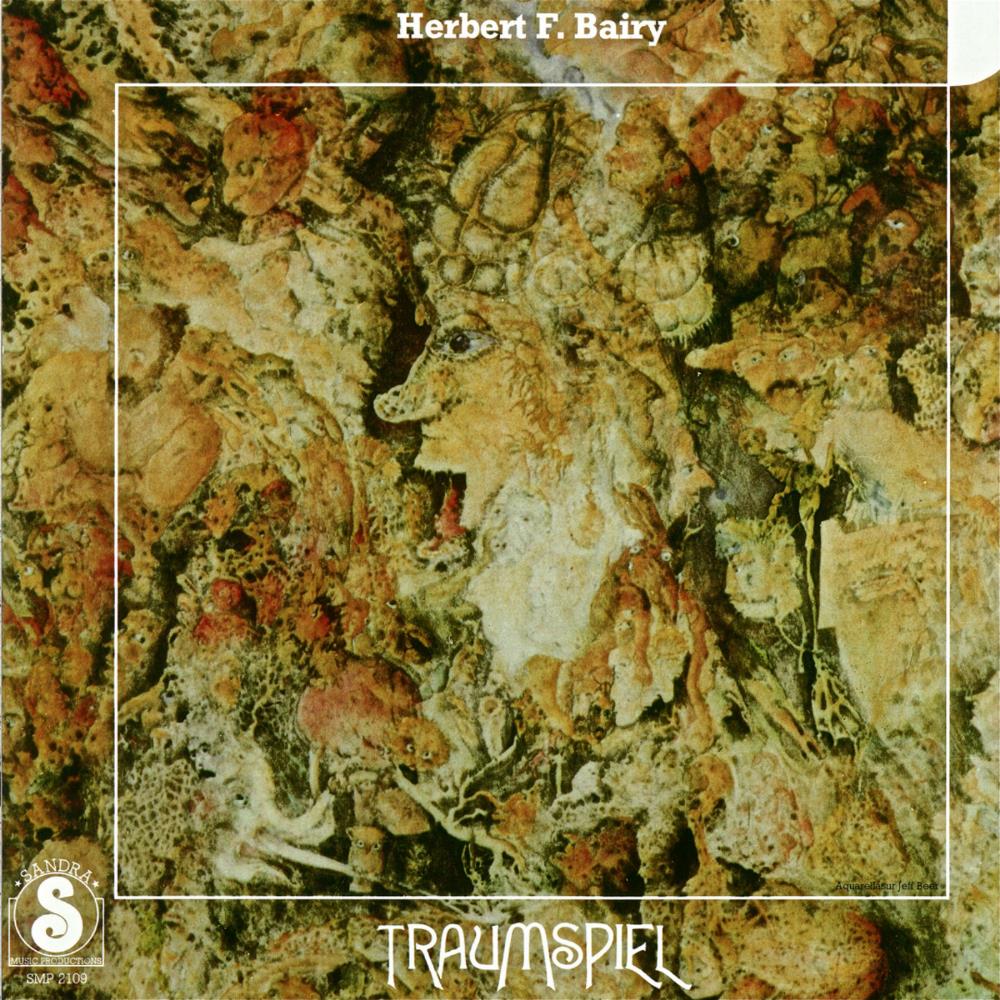
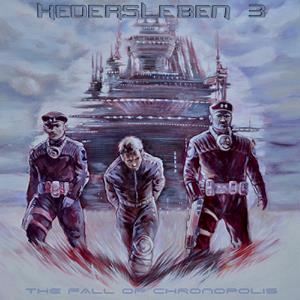
 |
|